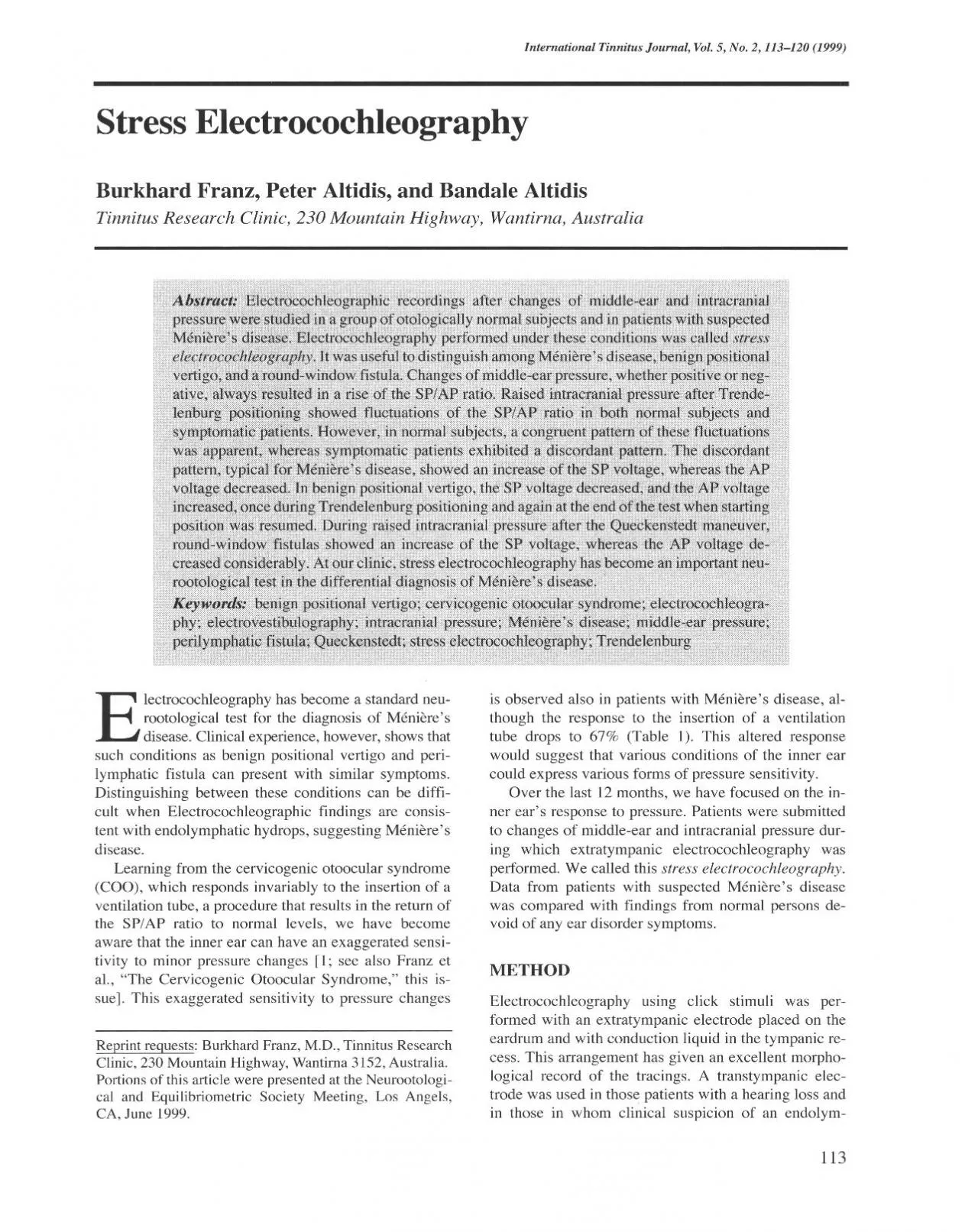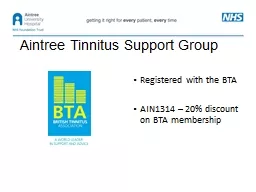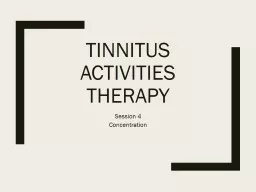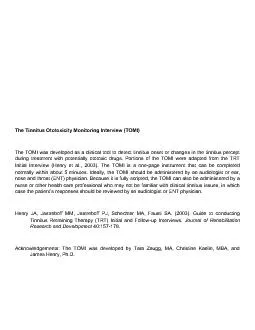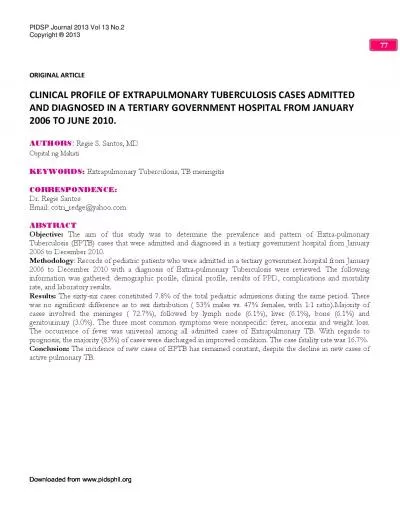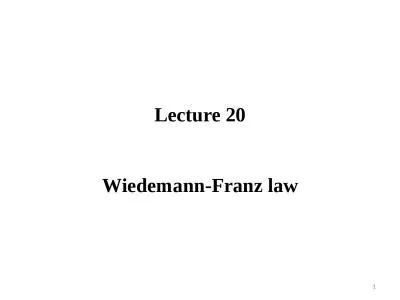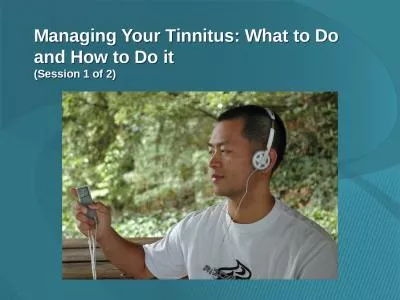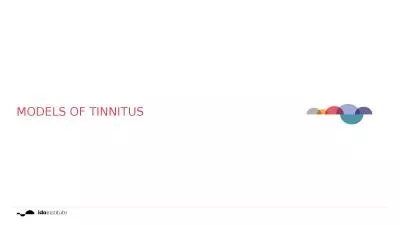PDF-International Tinnitus Journal Vol 5 No2 1999 REFERENCES I Franz
Author : margaret | Published Date : 2022-09-07
P Altidis B CollisBrown G Ventilation tube as treatment for endolymphatic hydrops in otoocular syndrome Presented at the Australian Society of Otolaryngology Head
Presentation Embed Code
Download Presentation
Download Presentation The PPT/PDF document "International Tinnitus Journal Vol 5 No2..." is the property of its rightful owner. Permission is granted to download and print the materials on this website for personal, non-commercial use only, and to display it on your personal computer provided you do not modify the materials and that you retain all copyright notices contained in the materials. By downloading content from our website, you accept the terms of this agreement.
International Tinnitus Journal Vol 5 No2 1999 REFERENCES I Franz: Transcript
Download Rules Of Document
"International Tinnitus Journal Vol 5 No2 1999 REFERENCES I Franz"The content belongs to its owner. You may download and print it for personal use, without modification, and keep all copyright notices. By downloading, you agree to these terms.
Related Documents

